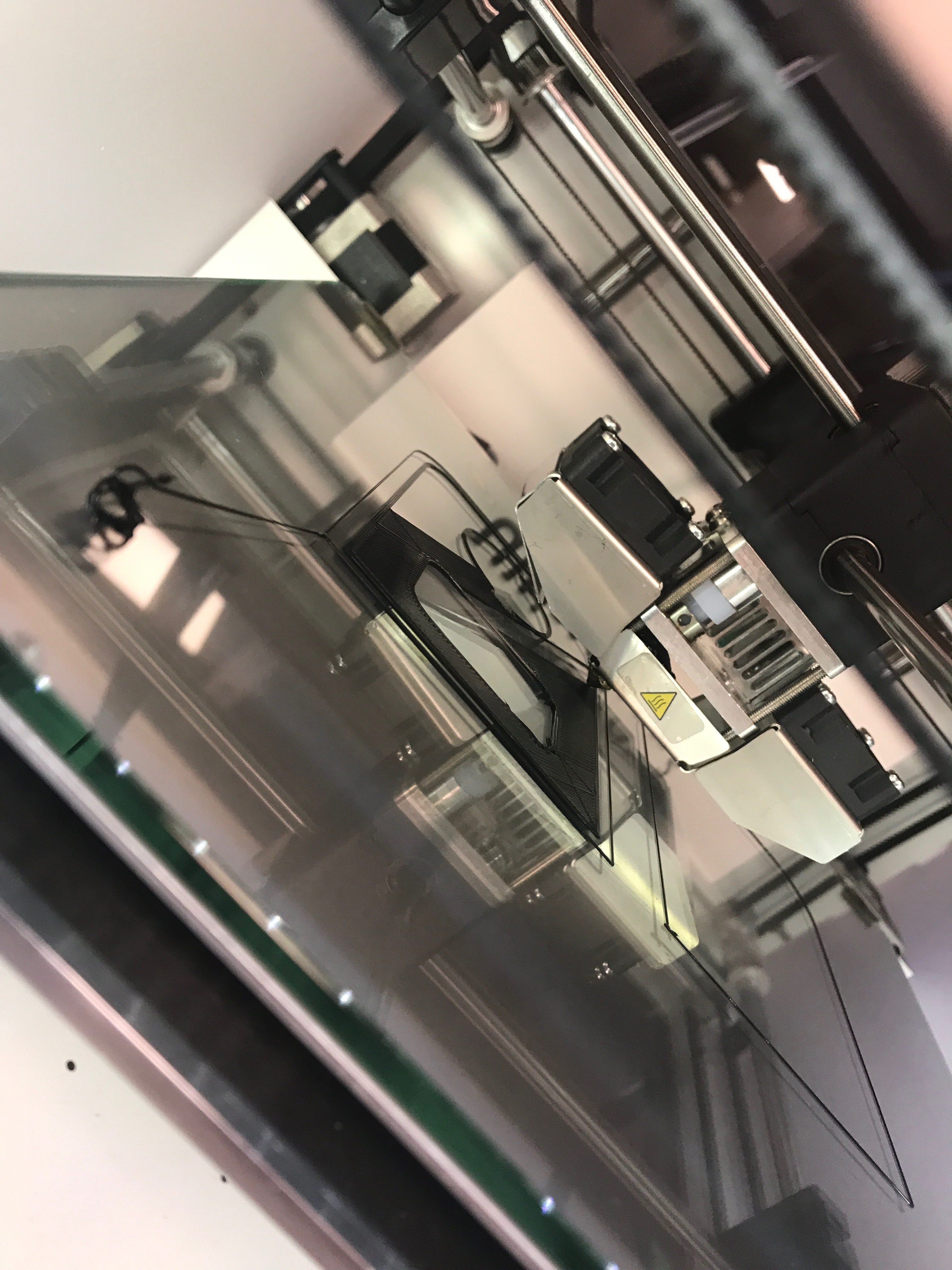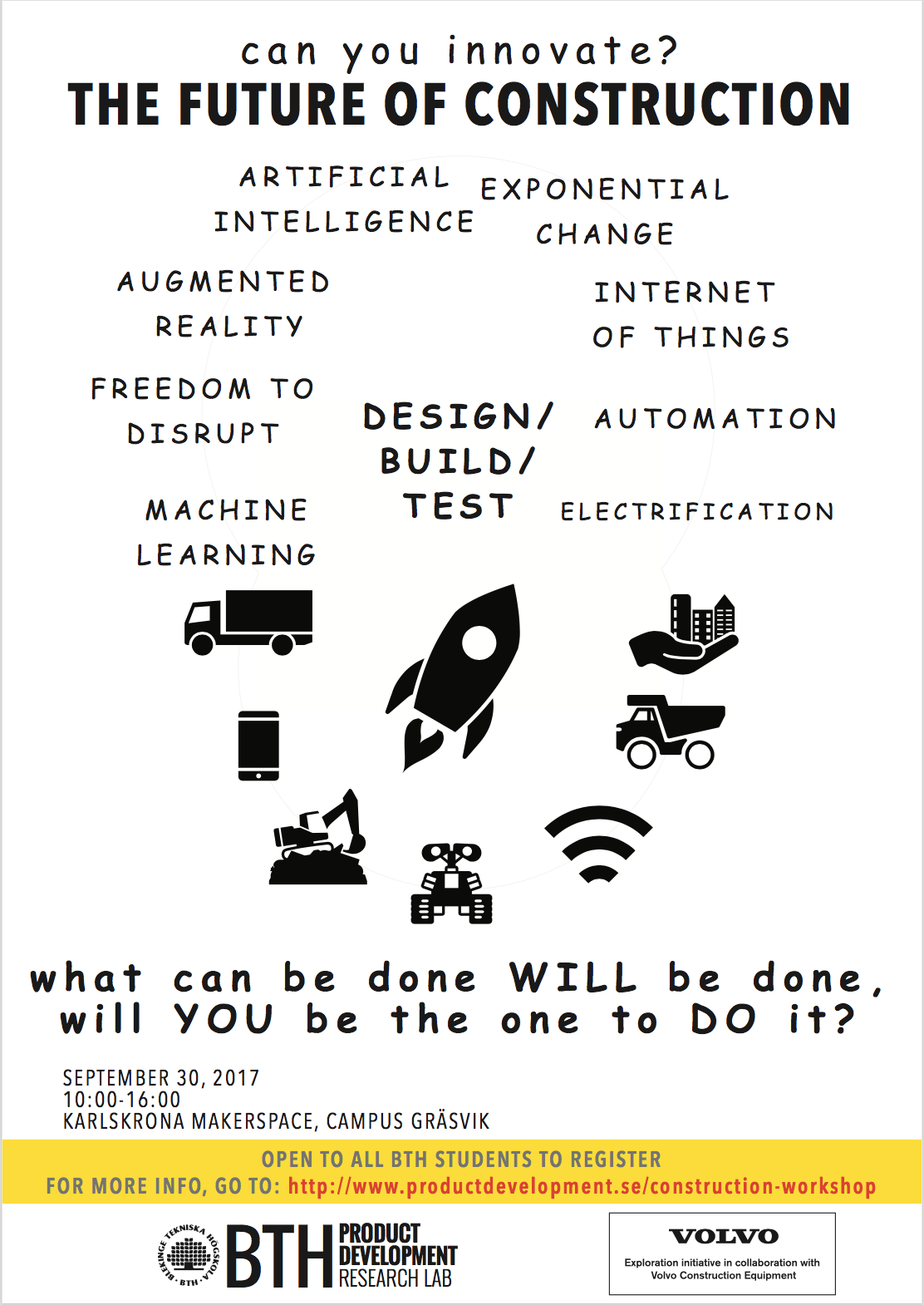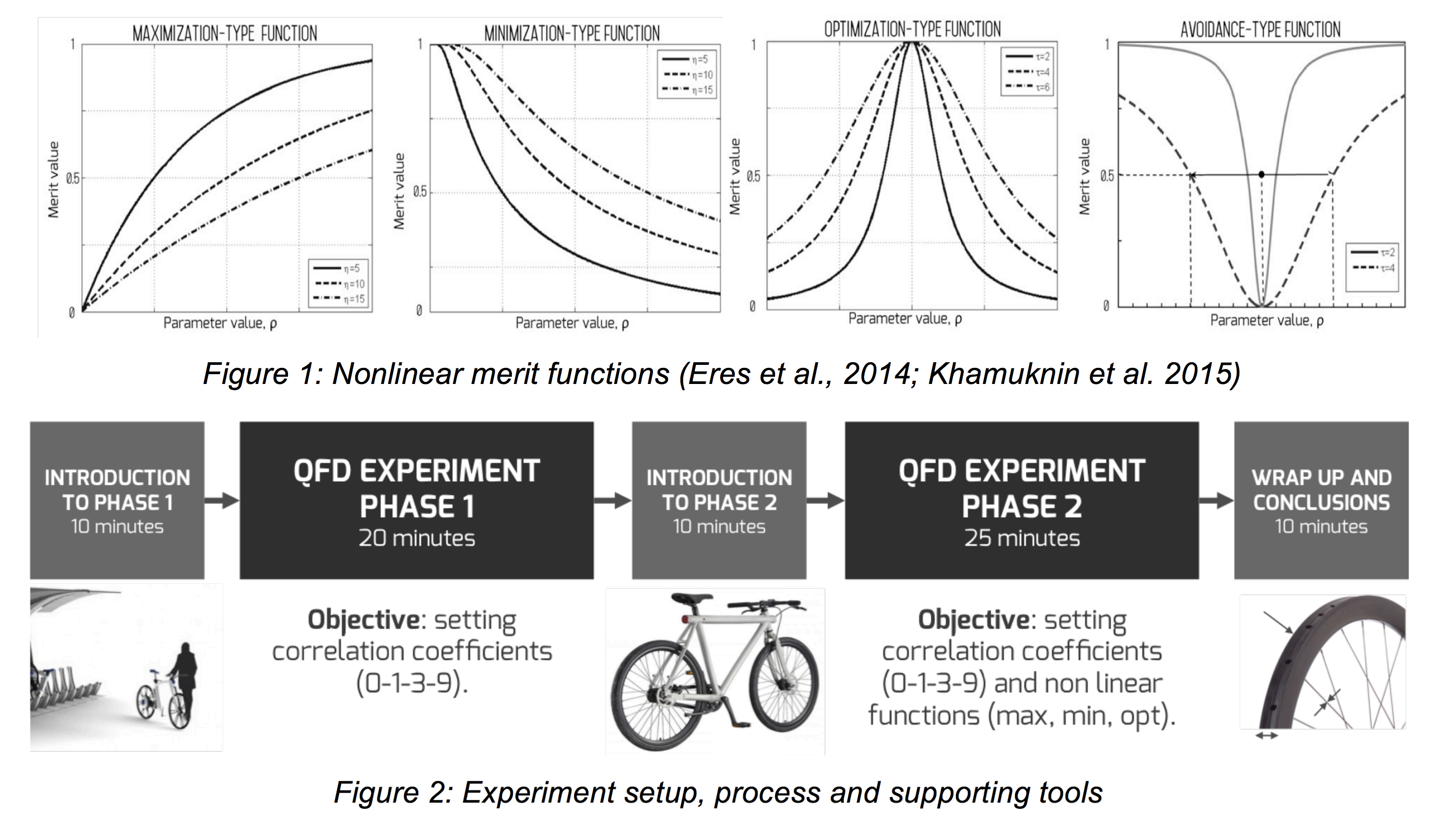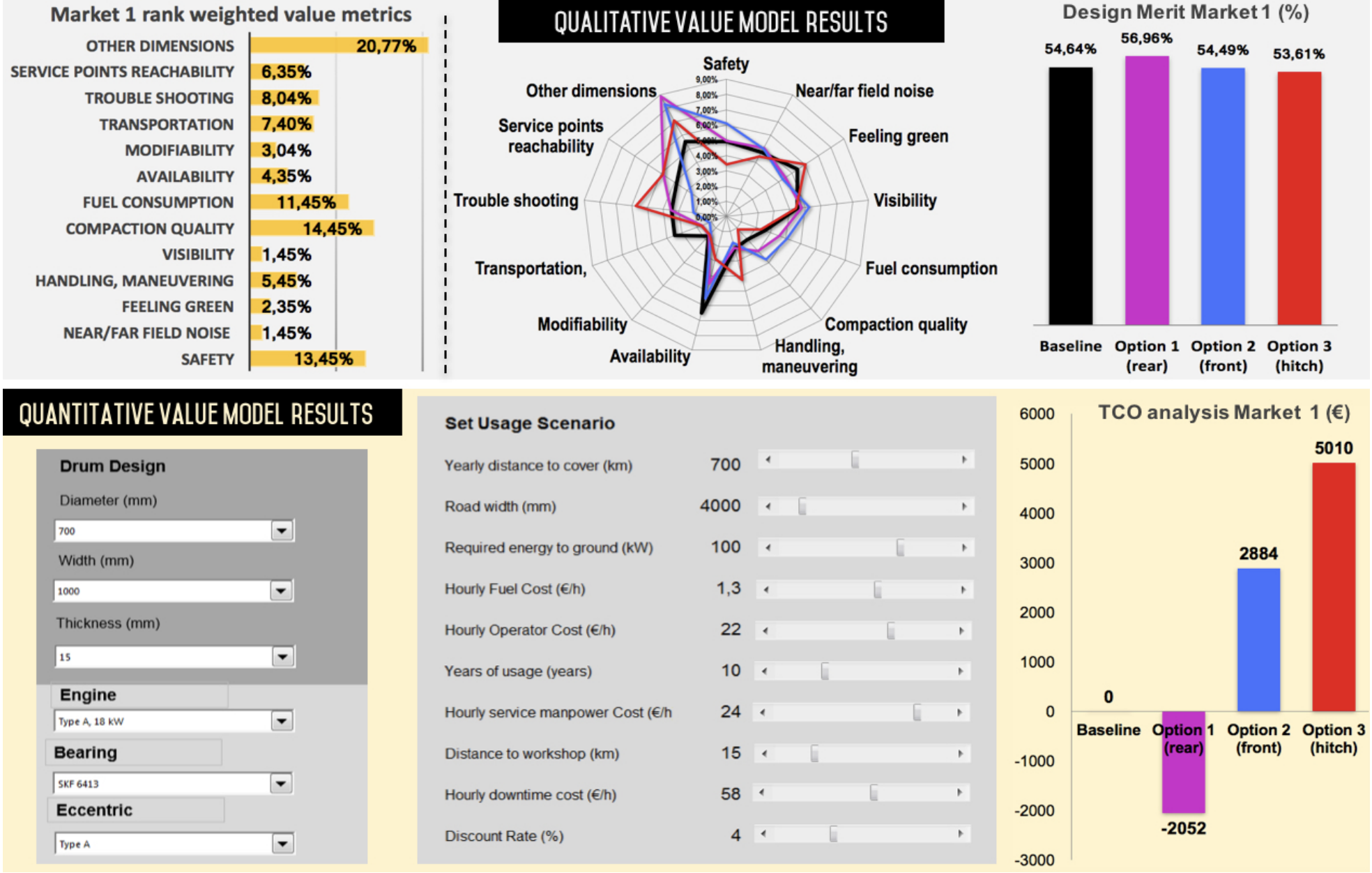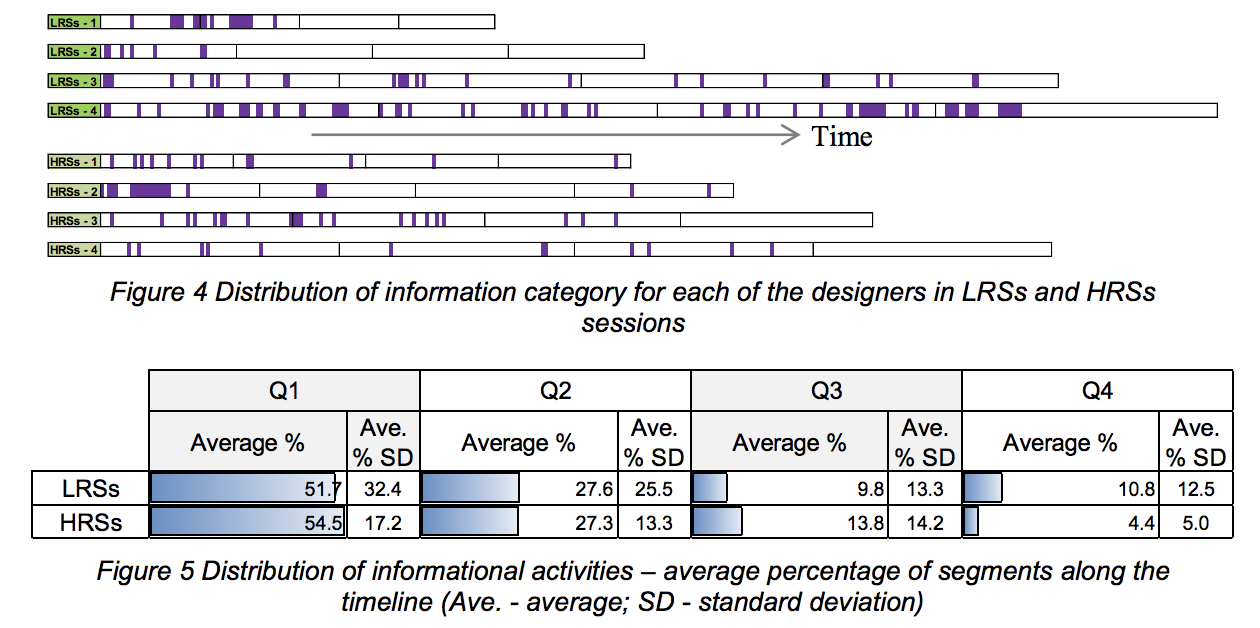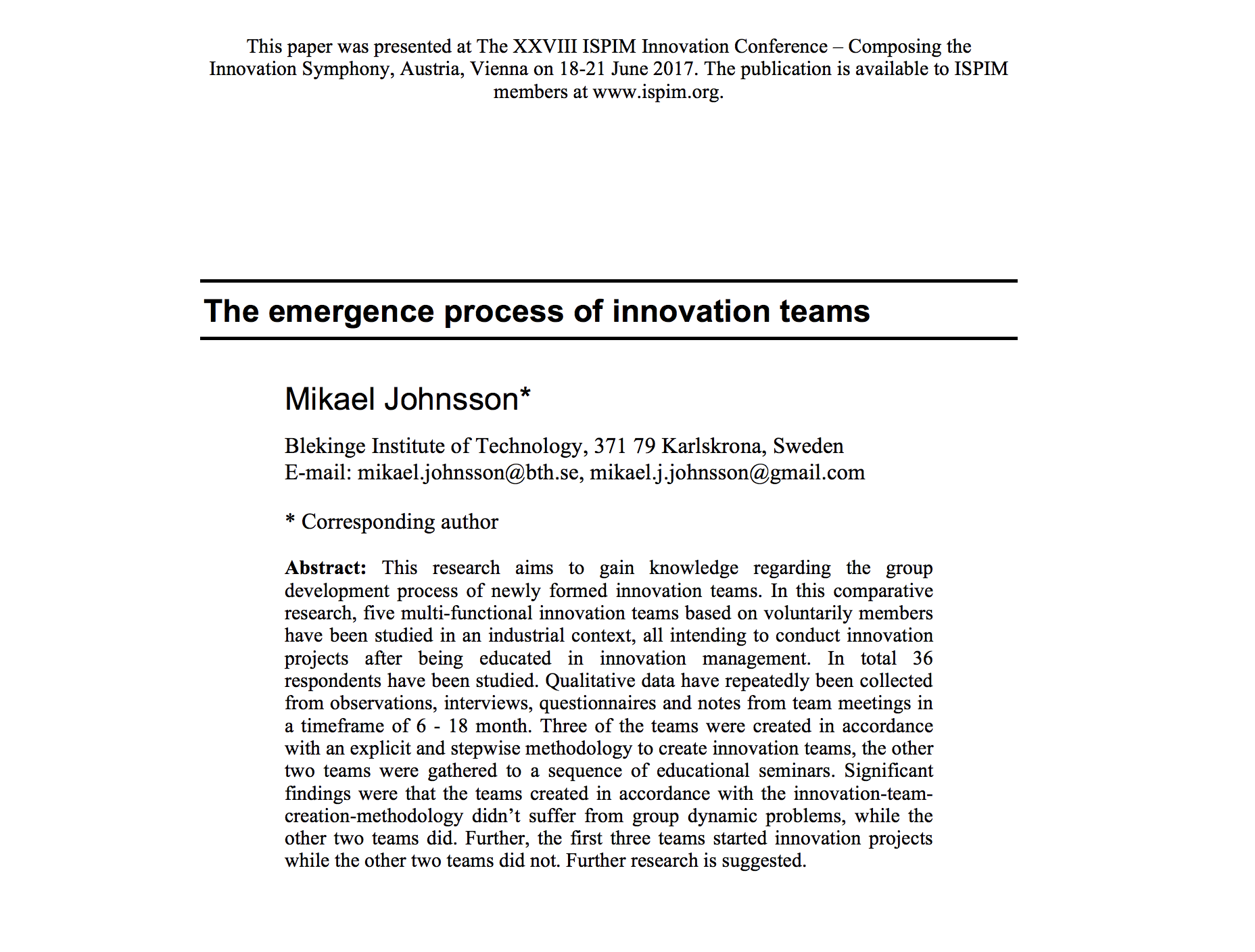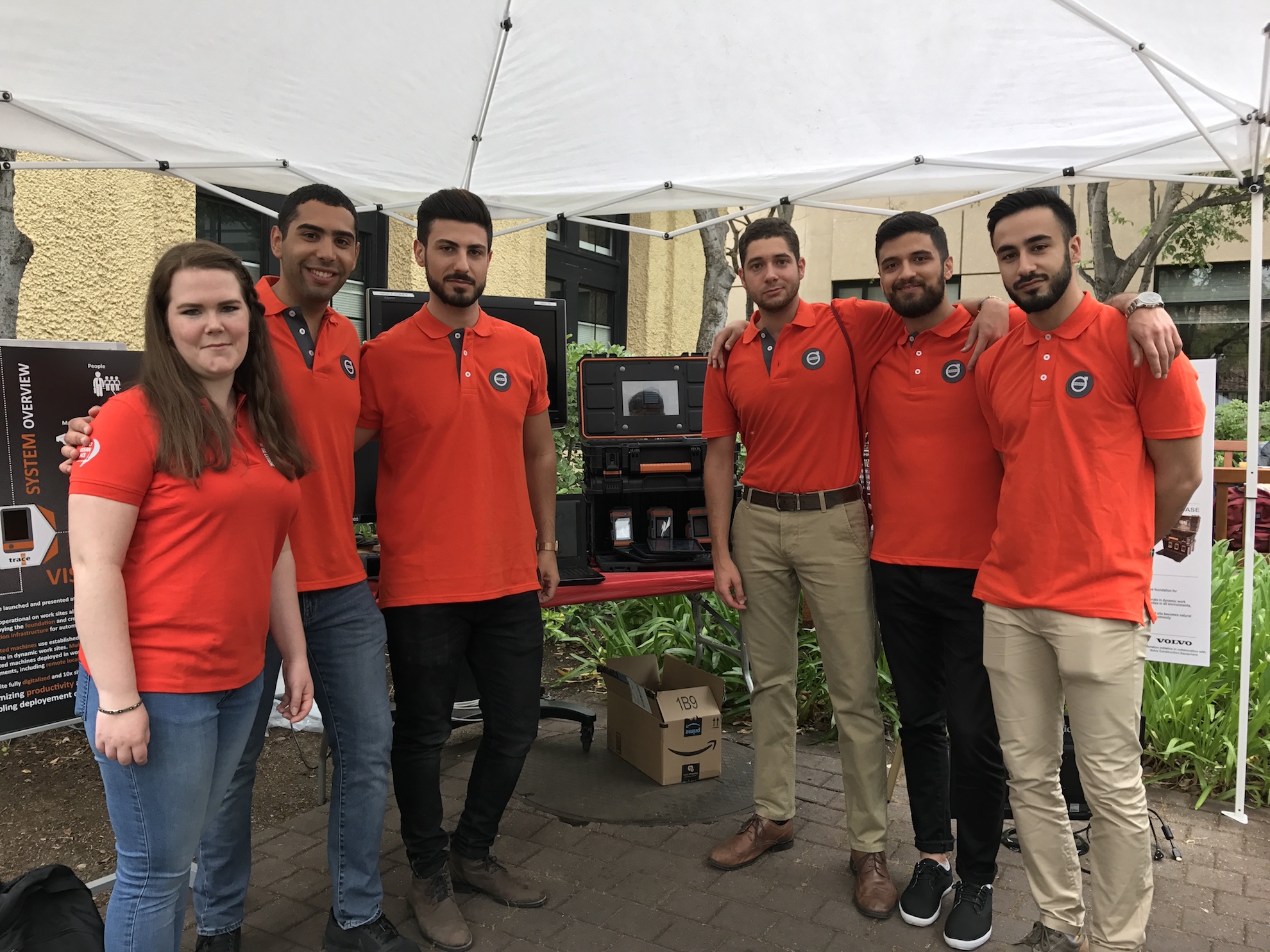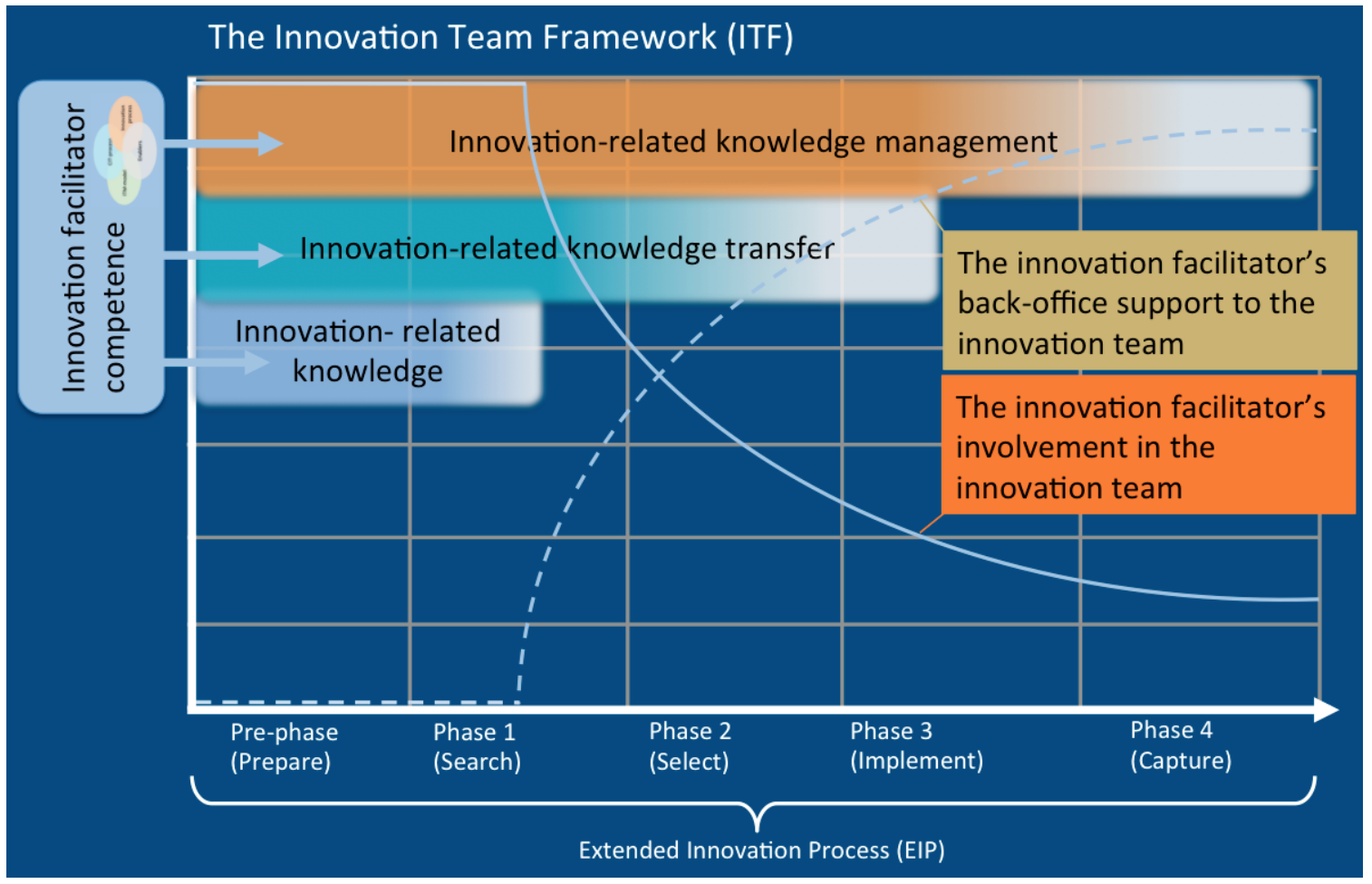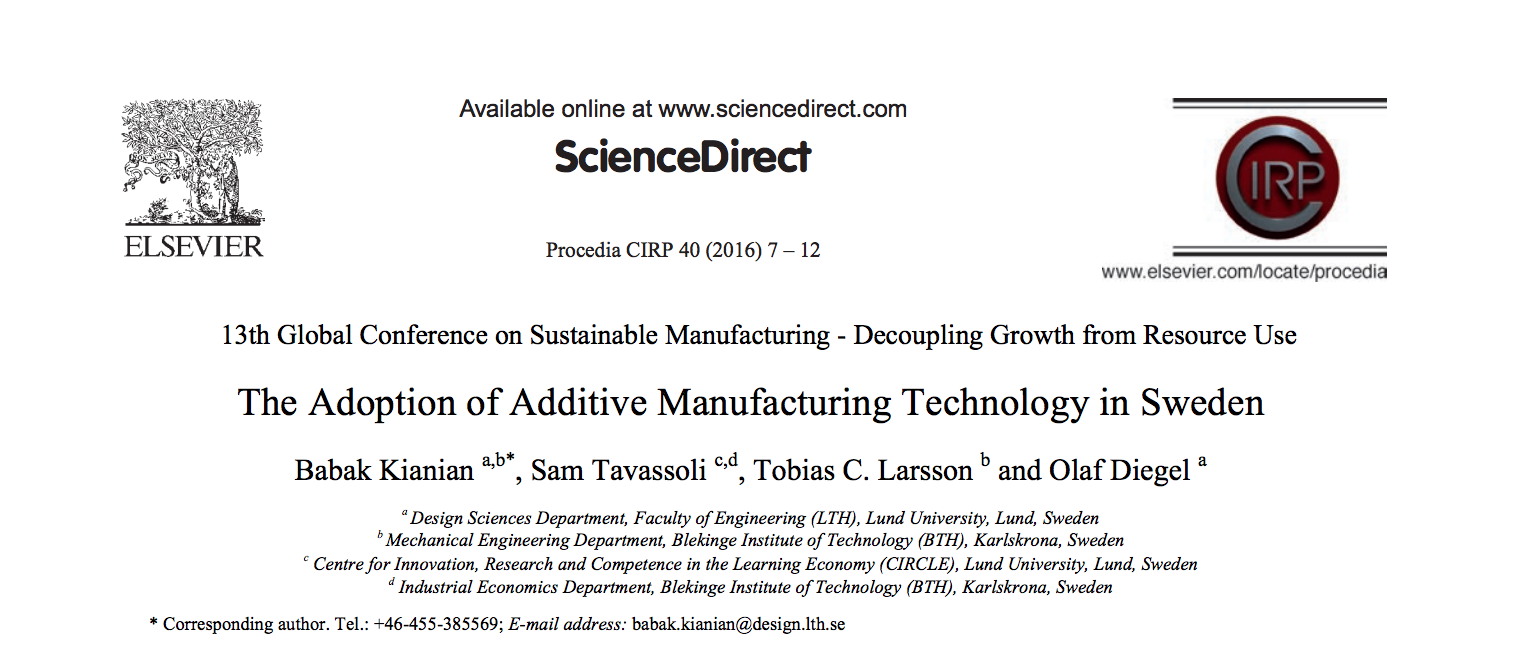ABSTRACT This qualitative case study aims at understanding when and how industrial designers, working in design consultancies, engage in activities that will influence material selection in the design process. While the extant literature presents material selection processes as a sequence of activities aimed at finding candidate materials, there is paucity of research on material criteria […]
Read MoreTillverkning och övervakning på distans i Makerspace
- 4th October 2017
- No Comment
I Makerspace, vårt lab för idégenerering och prototyputveckling, har vi bland annat ett antal 3d-skrivare. Även om tekniken utvecklas snabbt är det tyvärr inte ovanligt att utskrifter, i synnerhet större och mer komplexa geometrier, misslyckas. I ett försök att öka nyttjandegrad och tillförlitlighet har vi kopplat upp några av våra skrivare på nätet, IoT in […]
Read More
